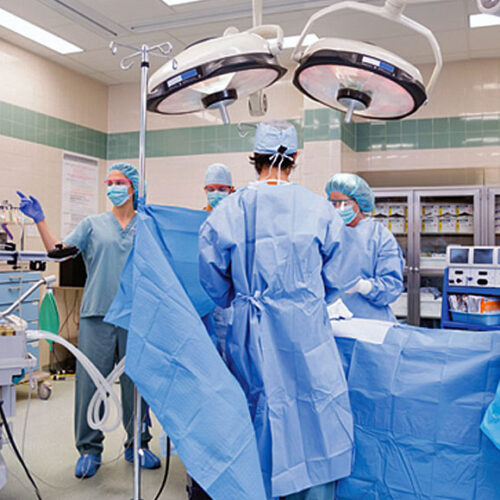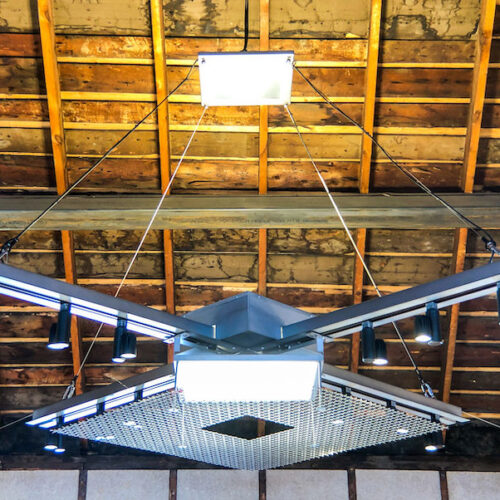How Commercial Buildings Benefit from the International Energy Conservation Code
According to Current:
Workplace lighting alone accounts for 10 percent of the energy our nation consumes. With nearly 157,000,000 employees clocking into the U.S. workforce, that’s a lot of energy.
Lighting in commercial buildings could guzzle an infinite amount of energy, but the International Energy Conservation Code (IECC) throttles the drain. The IECC strives to:
- Set minimum requirements for energy-efficient buildings
- Improve overall energy use in the long run
- Introduce guidelines for more cost-effective and comfortable buildings that last
In lieu of a legislated national building code, architects, contractors and electrical engineers turn to the IECC for the standards that guide energy efficiency in new and renovated buildings. Commercial lighting is more than just set dressing—it can have a profound impact on employee satisfaction and productivity. In fact, a recent study revealed that 68 percent of employees report dissatisfaction with the fixtures illuminating their workspace, and the sentiment leads to a significant drop in efficiency and well-being.
Read the full article and learn more about how the right lighting partner makes IECC compliance easy at https://led.com/ideas/how-commercial-buildings-benefit-from-energy-conservation.




